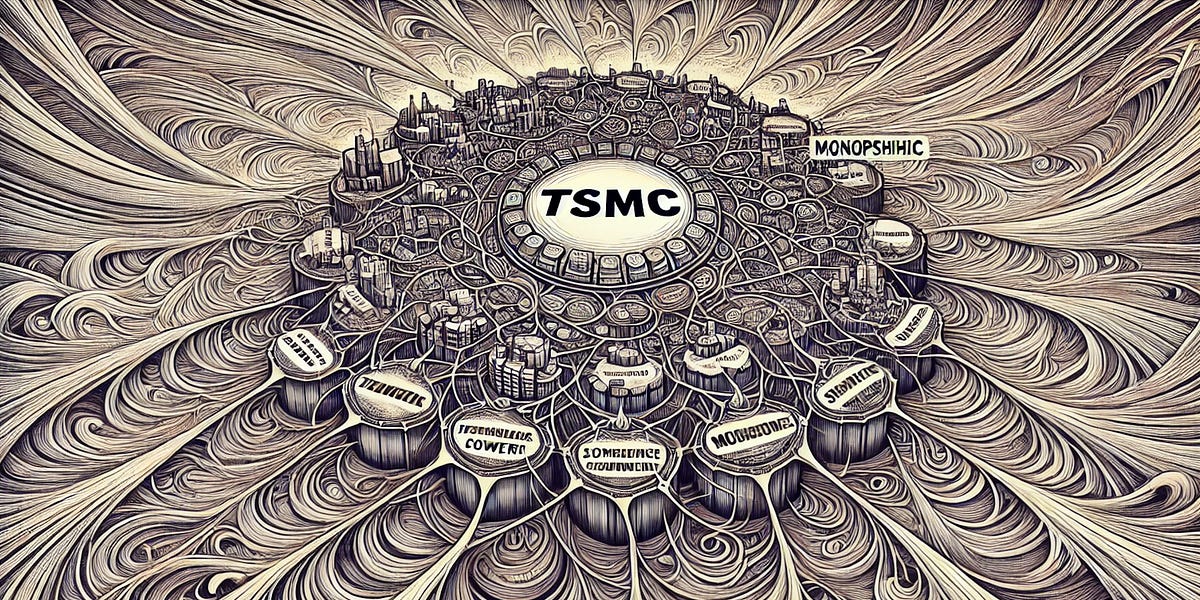"No more nanometers: It's time for new node naming", says Kevin Morris.
"Intel held the line from '10 micron' in 1972 through '0.35 micron' in 1995, an impressive 23-year run where the node name matched gate length. Then, in 1997 with the '0.25 micron/250 nm' node they started over-achieving with an actual gate length of 200 nm -- 20% better than the name would imply. This 'sandbagging' continued through the next 12 years, with one node (130nm) having gate length of only 70nm -- almost a 2x buffer. Then, in 2011, Intel jumped over to the other side of the ledger, ushering in what we might call the 'overstating decade' with the '22nm' node sporting a gate length of 26 nm. Since then, things have continued to slide further in that direction, with the current '10nm' node measuring in with a gate length of 18 nm -- almost 2x on the other side of the 'named' dimension."
"So essentially, since 1997, the node name has not been a representation of any actual dimension on the chip, and it has erred in both directions by almost a factor of 2."
"For the last few years, this has been a big marketing problem for Intel from a 'perception' point of view. Most industry folks understand that Intel's '10nm' process is roughly equivalent to TSMC and Samsung's '7nm' processes. But non-industry publications regularly write that Intel has 'fallen behind' because they are still back on 10nm when other fabs have 'moved on to 7nm and are working on 5nm.' The truth is, these are marketing names only, and in no way do they represent anything we might expect in comparing competing technologies."
He mentions a proposal from Philip Wong of TSMC. His proposal is you replace "nanometers" with 3 numbers that reflect the actual usefulness of the chip: density of logic transistors in number per square millimeter, density of off-chip DRAM memory in bits per square millimeter, and density of connections between the memory and the logic transistors, in number of interconnects per square millimeter. So a chip could be described as: "DL: 38M, DM: 383M, DC: 12K", or just "38M, 383M, 12K".
That proposal was made in 2020 and so far, hasn't caught on. Maybe it's tough to market as it's not as exciting as a single single-digit number like "5 nm"? But "nanometers" needs to be replaced by something.
I looked online for a website with nice tables of those three numbers for all the recent chips. Couldn't find it.
It looks like these metrics are often kept secret by semiconductor companies to try to get a competitive advantage, but people say there are websites that have information on new chips and the underlying technology, such as WikiChip, SemiWiki, AnandTech, Tom's Hardware, IEDM, VLSI Symposium, IEEE Xplore, EE Times, Nature Electronics, IEEE International Roadmap for Devices and Systems, Semiconductor Industry Association, and so on. (Links to some of these below. I haven't had time to delve too deeply into any of these sites.)









